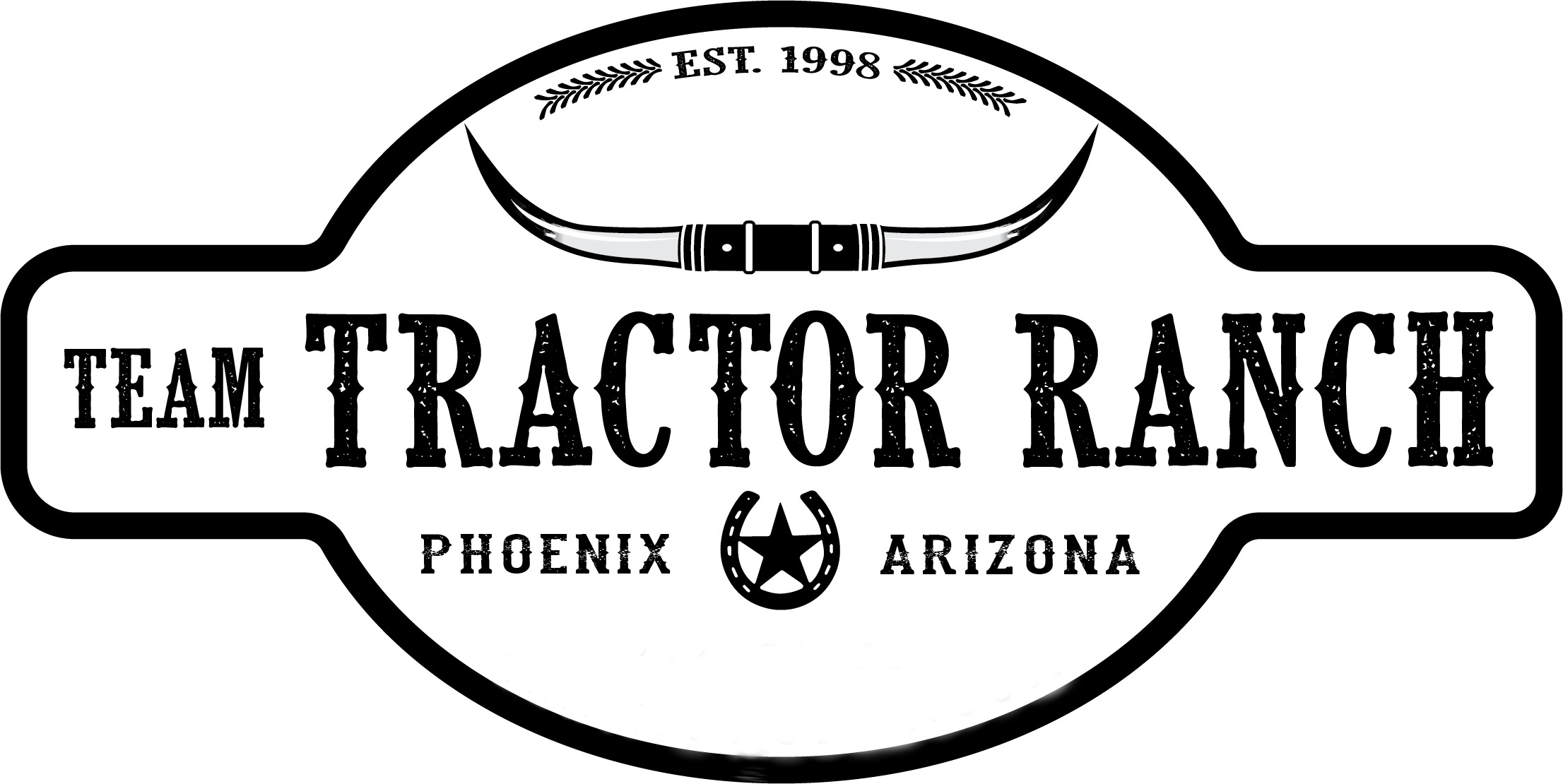Understanding Tractor HP
What is Horsepower?
At the most basic, horsepower (hp) measures the amount of power an engine produces. It was first adopted by engineer James Watt in the late 1700s to measure the output of steam engines, and actually used the power provided by draft horses as the comparison.
When applied to a mechanical engine, one horsepower is equal to 33,000 ft·lbf/min. Popular magazine, Car and Driver, helps simplify this concept by describing it as, “a lone horse raising a 33-pound bucket of water from the bottom of a 1000-foot-deep well in 60 seconds. That amount of work equals one horsepower.”
How is Horsepower Calculated?
While the physics of horsepower can be challenging to wrap your head around, the equation to calculate it is fairly simple:
Horsepower = Torque X RPM ÷ 5252
RPM, or revolutions per minute, calculates how fast the engine is moving or spinning in a single minute. Without going too deep into the math behind this, the 5252 number is the amount of RPM where horsepower and torque equal each other.
What is Torque?
You can’t discuss horsepower without understanding the importance of torque. Torque is a measurement of force needed to cause an object to rotate around an axis. It is often described as a twisting or turning force.
In an engine, torque is the force that acts on the drive shaft as it rotates. When you step on the gas pedal and the engine responds by accelerating rapidly, this is an indication of high torque being applied. In tractors, torque is considered most important at low engine speeds as it helps provide efficient operation and more towing power from a standstill.
Types of Tractor Horsepower
When it comes to tractors, there are two types of horsepower you should consider when making your decision. Both will have an important impact on the work you’re able to do.
Engine Horsepower
Tractor engine horsepower is the same as you’d expect in any type of vehicle with a combustion engine. This is what moves the tractor forward and helps with towing or pulling heavy objects. It should give you a good idea of what your engine is capable of for the jobs you want to do.
PTO Horsepower
Power takeoff (PTO) horsepower is less talked about, but possibly more important than engine horsepower. This is what helps power attachments and implements like a finish mower or rotary tiller. The PTO is typically found at the rear of the tractor, and helps transfer the power from the engine into the equipment you want to run.
How Much Horsepower Does Your Tractor Need?
How much horsepower you need in a tractor will depend on the lay of your land and the specific work you want to do. Yanmar tractors like the SA223 start at 21.5 horsepower, with larger models like the YM359 going all the way up to 59 horsepower. While each Yanmar tractor will provide guidance on how many acres it’s best suited for, here are some general guidelines:
Tractor Horsepower: 15-25
Best For: Basic lawn and garden maintenance, mowing, pulling small trailers, light plowing
Tractor Horsepower: 25-40
Best For: Lifting heavy objects, small-scale cultivation, hobby farming, hay harvesting, snow removal
Tractor Horsepower: 40-60
Best For: Large-scale cultivation, lifting, digging, and loading, plowing, hay baling, farming
If you need any further help or have any questions about service, tractors, implements, or anything else equipment-related, please contact your dealer, local mechanic, or call us at 602-734-9944. Please ask about our current new and used tractor supply.
If you are looking for old, vintage, classic, or new tractor parts, send us a part request.
Team Tractor Ranch - #1 Tractor Dealer in Arizona. We sell and service most major brands of tractors including Yanmar, Kubota, John Deere, TYM, Mahindra, Kioti, Case, New Holland, Massey Ferguson, Ford, Deutz, Case IH, Farmall, International Harvester, Branson Tractors, LS, Shibura, Claas Tractor, McCormick Tractors, Valtra, Solis, YTO, Montana, and Nortrac.
